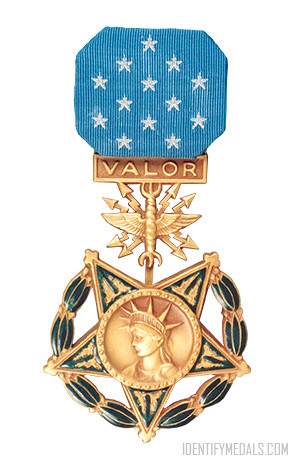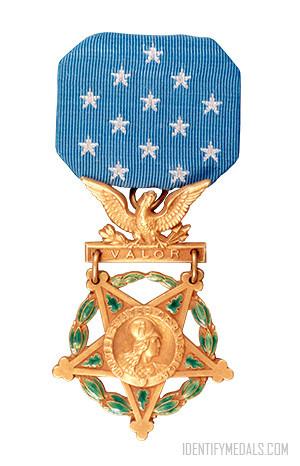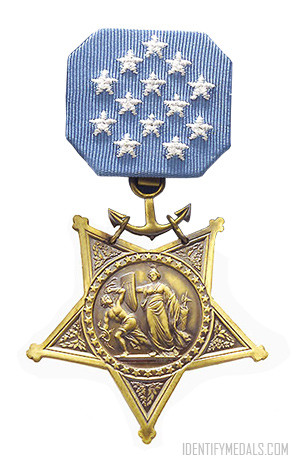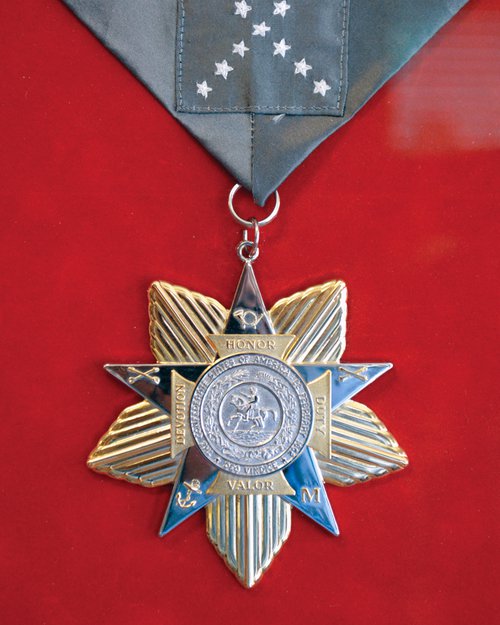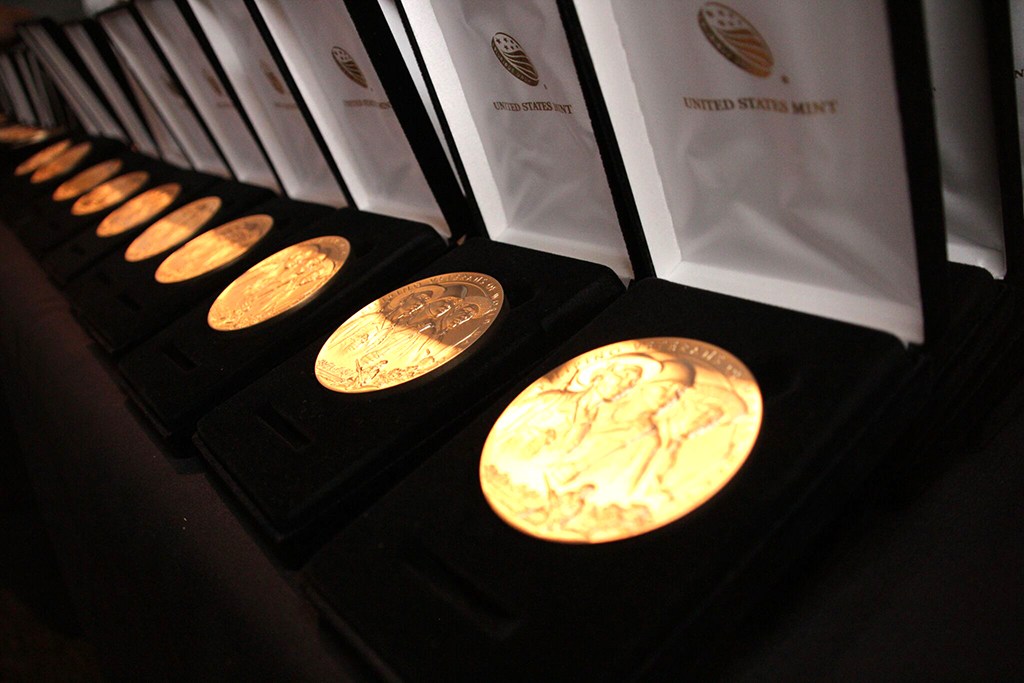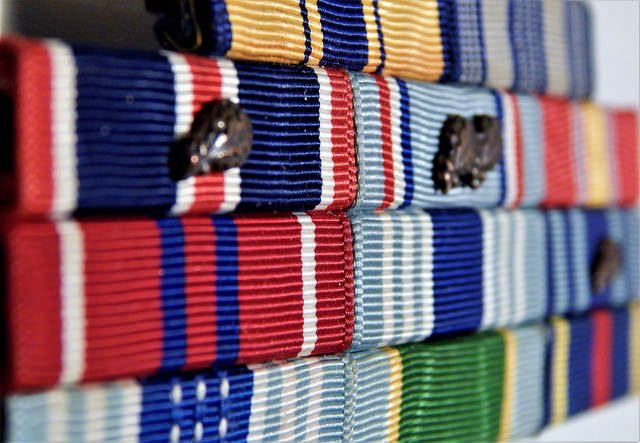The Medal of Honor (MOH, or Congressional Medal of Honor) is the United States’ most prestigious and highest military decoration. It’s awarded to American soldiers, sailors, airmen, guardians, coast guardsmen, and marines for distinguished acts of valor. The medal is presented by the President of the United States in the name of the United States Congress.
In this article, we will explore some secrets and facts about the Medal of Honor that you might not know yet.
If you want to learn more about the Medal of Honor’s history, see the different insignia designs and explore stories about its recipients, you can also read our Medal of Honor page.
Medal of Honor Interesting Facts
There are many curious facts about the Medal of Honor you will probably find quite interesting. We will start with the more “known” ones and then deep-dive into some of this award’s better-kept secrets.
15. There are actually three Medal of Honor variants
Our first fact is a relatively well-known one: The Medal of Honor comes in three distinct variants: One for the Department of the Army (awarded to soldiers), one for the Department of the Navy (awarded to sailors, marines, and coast guardsmen of the Department of Homeland Security), and one for the Department of the Air Force (awarded to airmen and Space Force guardians). The designs vary slightly, although the three awards consist of a five-pointed star with different motives in the center. You can see them in more detail in these pictures:
14. Half of all Medals of Honor awarded were given during the Civil War
To date, almost half of all awarded Medals of Honor were given during the American Civil War (1523). Other conflicts in which people received numerous medals were the Indian Campaigns (426 Medal of Honor recipients), World War II (472 recipients), and the Vietnam War (262 recipients). The medal was never meant for soldiers who fought in the south, however, there is a “Confederate Medal of Honor” that is bestowed by the Sons of Confederate Veterans for proven bravery in battle.
13. Only 19 people have received the medal twice
To date, nobody has received more than two Medal of Honor awards. The last person to get two was John J. Kelly, on October 03, 1918, and the first was Thomas Custer, for two actions that took part several days apart during the Civil War. The full list of Medal of Honor double-recipients is: Frank Baldwin, Smedley Butler, John Cooper, Louis Cukela, Thomas Custer, Daniel Daly, Henry Hogan, Ernest A. Janson, John J. Kelly, John King, Matej Kocak, John Lafferty, John C. McCloy, Patrick Mullen, John H. Pruitt, Robert Sweeney, Albert Weisbogel, Louis Williams, and William Wilson.
12. The first African American recipient was a soldier born as a slave
The first African-American recipient of the Medal of Honor was William Harvey Carney, a soldier who was born as a slave. Carney was born in Norfolk, Virginia, in 1840. It’s not certain how he made his way to freedom, but it’s likely he escaped through the Underground Railroad and joined his father in Massachusetts.
Carney joined the Volunteer Infantry in March 1863 and was promoted to sergeant due to his heroic actions during the Battle of Fort Wagner in Charleston, South Carolina. This is where he earned his Medal of Honor, when he retrieved the U.S flag after another soldier was killed and marched forward with it despite serious wounds. When he finally managed to return to his own lines and turned the colors to another survivor, he said: “Boys, I only did my duty; the old flag never touched the ground!“
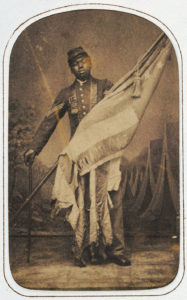
11. The design of the Navy Medal of Honor is the most symbolic one
The Navy Medal of Honor design (seen in the insignia variations gallery above) showcases several unique elements that represent the effort to reunite the United States. For example, the central insignia features Minerva, the Roman goddess of war and wisdom. She holds a shield and is surrounded by 34 stars 0 one for every state of the union, including also the confederate states. You can read more about the symbolism of the Medal of Honor in this article.
10. Non-Americans can also receive the Medal of Honor
You don’t need to be a United States citizen to receive this award. In fact, over 800 Medals of Honor have been given to non-citizens (for example, 65 to Canadians). However, you do need to be serving in the United States military to be eligible.
9. There is only one female recipient of the Medal of Honor
The first and only woman awarded the Medal of Honor is Mary E. Walker, a suffragette and graduate of medicine who “rendered valuable service to the Government in (…) an earnest and untiring variety of wars”. Walker served as an assistant surgeon in Louisville Ky. and as a contract surgeon in the service of the United States. She tended to sick and wounded soldiers in both the field and hospitals and to the detriment of her own health.
Walker was captured by the Confederates in April 1864 and held as a prisoner of war for about four months (she was charged with being a spy because she was wearing men’s clothes). After the war, when she was released from government contract, she lobbied for a promotion to major for her services. President Andrew Johnson awarded her instead with the Medal of Honor – something that was seen as a rather unorthodox reward for a woman.
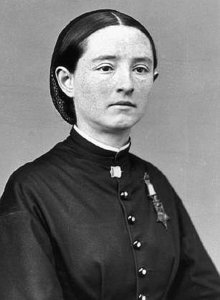
8. People that have received the Medal of Honor are also saluted by Superior Officers
No matter the rank, if a person was awarded a Medal of Honor they will be saluted by anyone above them – including by the Joint Chiefs and even the President! As an awardee, you will also be invited to Presidential Inaugurations – for life. Military members are not required or mandated to salute Medal of Honor recipients, but they are encouraged to do so, especially when the person is physically wearing the medal, no matter if they are in military or civilian clothes.
7. The Medal of Honor has been awarded to fathers, sons, and brothers
There are many pairs of brothers and fathers and sons that have received this award. For example, Arthur and Douglas McArthur, and President Theodore Roosevelt, and Theodore Roosevelt Jr. To date, five pairs of brothers have received the Medal of Honor. For example, Antoine and Julien Gaujot are the only two brothers to receive the medal in two different military campaigns (Antoine got his while serving in the Philippines at the Battle of San Mateo and Julien while serving on the border with Mexico).
6. The first recipient ever was an Ohio Private
The fist man to ever receive the Medal of Honor was Jacob Parrott (July 17, 1843 – December 22, 1908), a Private (highest rank achieved First Lieutenant) with the Ohio Infantry. He was one of 19 men who penetrated almost 200 miles north into enemy territory to capture a railroad train in Big Shanty, Ga.
The group’s goal was to destroy the track and the bridges between Atlanta and Chattanooga. After infiltrating Confederate lines and hijacking the locomotive, they were captured and imprisoned. Parrott and 14 others were able to escape after being beaten to make them talk. He met President Abraham Lincoln and was given the Medal of Honor by Secretary of War Edwin M. Stanton.
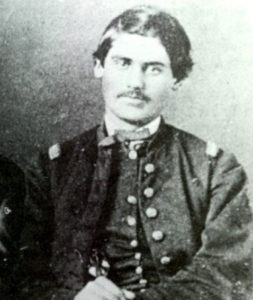
5. The majority of Medal of Honor recipients receive the award posthumously
Unfortunately, due to the nature of this award, a large number of people have been given the Medal of Honor posthumously. For example, a large number of African-Americans received it after death due to the rampant racial segregation and racism of their contemporary time. The Department of the Army performed an investigation in 1990 to review any deceased service members that had deserved the medal and not gotten it. An example of a posthumous Medal of Honor is that of Freddie Stowers – who became in charge of his platoon when a lieutenant and several NCOs were killed during WW1. He encouraged the platoon to continue the advance, and they managed to dispatch a German trench line. Unfortunately, during a second advance, Stowers was shot twice and died due to blood loss. His platoon drove out the second trench line and took the hill.
4. Many Medals of Honor have been revoked
In the 20th century, an extensive review was carried and over 900 medals were revoked – including those of Dr. Walker (who refused to return it and continued to wear it until her death) and Buffalo Bill. Eventually, however, both medals were restored. others were not. For example, Asa Bird Gardiner received a Medal of Honor because he wrote a letter to the War Department and received one as a souvenir. Some revoked medals took longer to happen. For example, it wasn’t until 2019 that Congress rescinded the medals given to the 7th Cavalry who massacred 250 Lakota Sioux men, women, and children at Wounded Knee, South Dakota in 1890.
3. Unknown soldiers have also received the medal
Since the Great War (World War I), several American soldiers have been awarded the Medal of Honor. Because the recipients are unknown, their medals are kept at the Tomb of the Unknown Soldier in Washington, D.C.
2.The medal of Honor almost wasn't established
The idea of an award for meritorious or heroic action was frowned upon by many. There had been a decoration established by George Washington, known as the Badge of Military Merit, but it had fallen into disuse (so had its successor, the Certificate of Merit which was bestowed during the Mexican-American War).
After the Civil War broke out, in 1861, a proposal was made to Winfield Scott (general-in-chief of the Union Army) to create a new award. Scott, a respected commander, scoffed at the idea and said it ‘smacked of European tradition’. Only after he had retired was the Medal Honor presented to Congress by its supporters – and approved as a decoration.
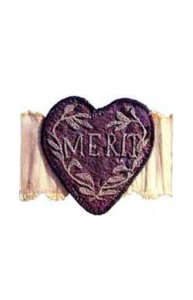
1. The youngest Medal of Honor recipient was just 11 years old
When asked to imagine a candidate for a Medal of Honor, many would picture soldiers fighting wars. However, the youngest recipient of the medal was just 11-year-old Willie Johnston, who enlisted in the Union Army alongside his father. During the Civil War, he served as a drummer boy with the 3rd Vermont Infantry. The unit had to retreat down the Virginia Peninsula in June 1862, when they were overpowered by Confederate forces. Along the way, the men had to get rid of their equipment to move faster. Young Wilie, however, kept his drum and later played for the entire division. When Abraham Lincoln heard about the boy’s bravery, he recommended him to receive a Medal of Honor. Thus, he became the youngest recipient (being six years younger than the next youngest person, Jack Lucas, a 17-year-old marine who shielded fellow squad members from grenades at Iwo Jima).
Further Reading About the Medal of Honor and American Military History
-

Our First Civil War: Patriots and Loyalists in the American Revolution
$20.51 Get it from Amazon -
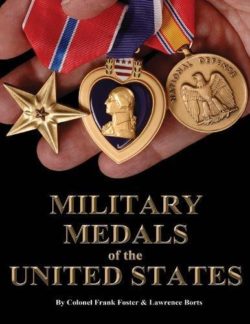
A Complete Guide to United States Military Medals, 1939 to Present
$31.98 Get it from Amazon -
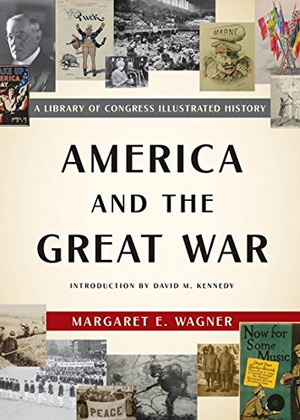
America and the Great War: A Library of Congress Illustrated History
$16.67 Get it from Amazon -
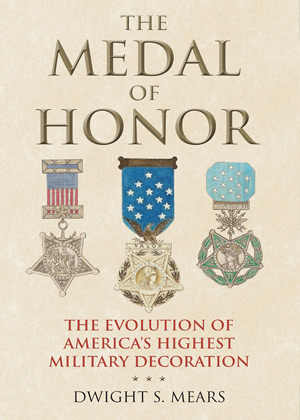
The Medal of Honor: The Evolution of America’s Highest Military Decoration
$39.95 Get it from Amazon

